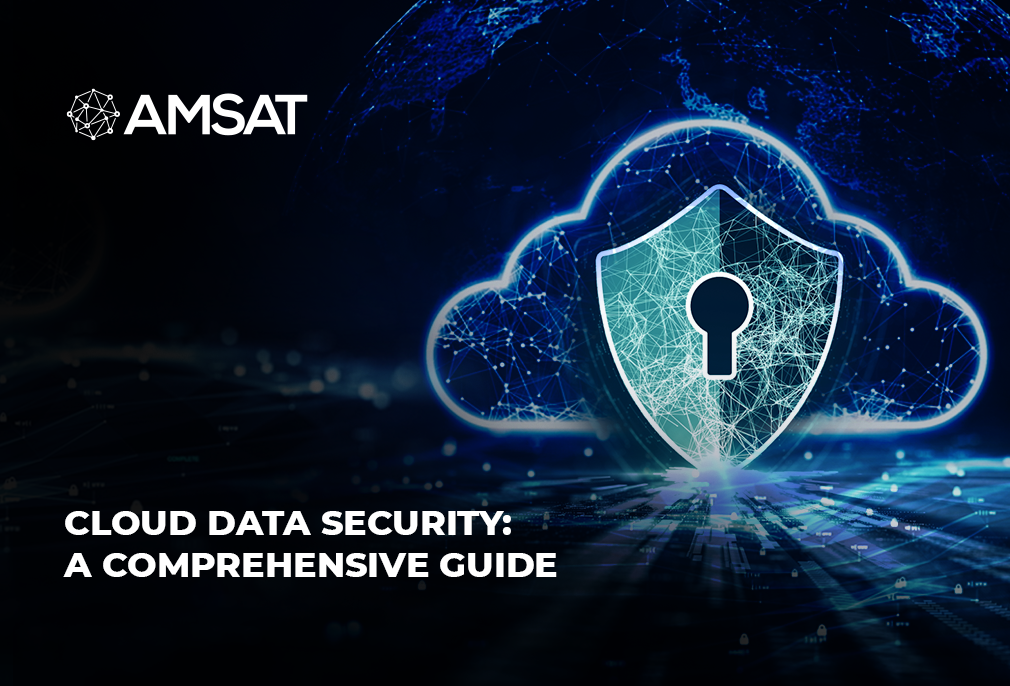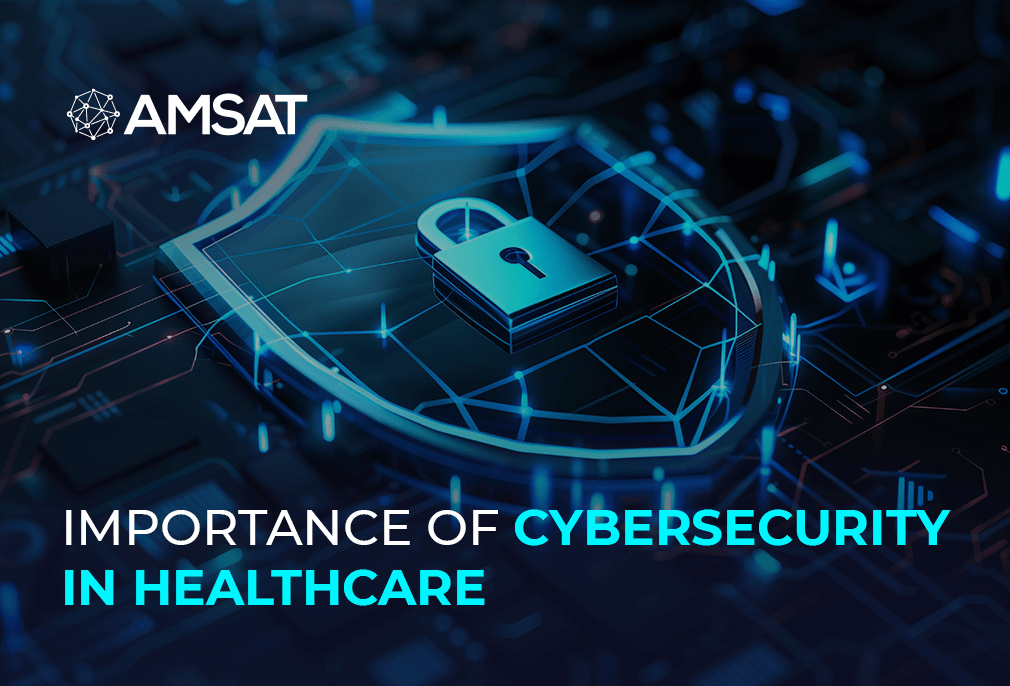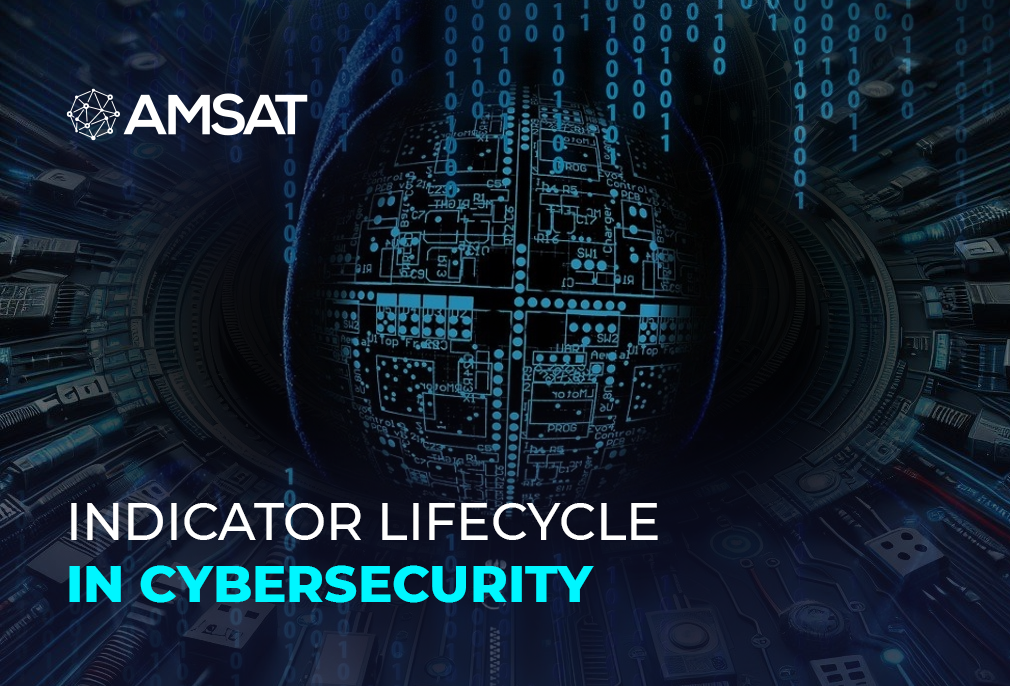Latest Blogs

By AMSAT Sep 11,2023
Cloud Data Security: A Comprehensive Guide
Data Security in Cloud Computing
In today’s rapidly evolving technology landscape, cloud computing has become a popular option for businesses of all sizes, offering a slew of benefits, such as scalability, flexibility, and cost savings. However, moving data to the cloud also entails new security risks, spanning financial loss, data compromise, and reputation damage. It is, therefore, all the more important for organizations to implement strong security measures to safeguard data in cloud environments.
Data security in cloud computing refers to the practice of protecting data and other digital information assets from security threats, human error, and insider threats in cloud-based environments. It leverages technology, policies, and processes to keep your data confidential and still accessible to those who need it.

Data Security and Privacy in Cloud Computing
While data security and privacy are closely related concepts, they are quite different from each other. Data security refers to the protection of data from unauthorized access, theft, and tampering, while data privacy is about securing the confidentiality, integrity, and availability of personal data.
In cloud computing, both data security and privacy are important. However, data privacy is often considered to be more important, as it is concerned with protecting the personal information of individuals.
Which Aspect is the Most Important for Cloud Security
There are many different aspects of cloud security, and it is difficult to say which one is the most important. However, some of the most important aspects include:
- Encryption: Encryption is the process of converting data into a scrambled format that can only be read by authorized users. It is one of the most effective ways to protect data from unauthorized access, theft, and tampering.
- Access control: Access control is the process of defining who has access to data and what they can do with it. It is important to implement strong access controls to prevent unauthorized users from accessing sensitive data.
- Data loss prevention (DLP): DLP is a set of technologies and processes that are used to prevent the accidental or intentional loss of sensitive data. DLP can be used to identify and classify sensitive data, monitor for unauthorized access, and prevent data from being exfiltrated from the cloud.
- Data backup and recovery: Data backup and recovery is the process of creating copies of data and storing them in a secure location. This ensures that you can restore data in the event of a data breach or disaster.
- Monitoring and auditing: Monitoring and auditing are essential for detecting and responding to security threats. By monitoring cloud activity, you can identify suspicious behavior and take steps to mitigate risks.
Cloud Data Access
Cloud data access is the ability to access data that is stored in the cloud. There are two main types of cloud data access:
- Public access: Public access means that anyone can access the data. This is typically used for data that is not sensitive, such as public documents.
- Private access: Private access means that only authorized users can access the data. This is typically used for sensitive data, such as financial information or customer records.
Several key techniques are involved in restricting access to cloud data. The first step is authentication, which involves confirming a user’s identity using a combination of credentials, often a username and password. Following authentication, authorization is used to decide which specific resources a user is allowed access to.
These access privileges are frequently defined using role-based access control (RBAC), which ensures that users are only given access to the resources that are pertinent to their tasks or responsibilities. Furthermore, encryption is essential to the security of data in the cloud. It adds an extra layer of security to make sure that the data is still protected from unauthorized access even if authentication or authorization processes are breached. These techniques work together to create a strong framework for controlling and securing cloud data access.
Conclusion
No matter the size of the firm, cloud data security is a top priority. In a time when data breaches can have serious repercussions, following best practices is essential to protecting your sensitive data. Choosing a reliable cloud service provider known for its strong security features is a crucial first step. Encryption need to be a non-negotiable component of your approach and should be used for data both in transit and at rest. The risk of unauthorized breaches is reduced by implementing least privilege access control, which makes sure that only authorized individuals may access sensitive data.
It’s vital to routinely check your cloud environment for any unusual activity if you want to keep an eye for any potential threats. Additionally, regularly backing up your data provides a safety net that can come in handy in the event of a data breach, making it easier to restore your data. Last but not least, employees should be educated about best practices for cloud security. They are crucial to maintaining your cloud data’s overall security posture.
TAGS
- Cyber Security
- Data Security
Recent Blogs
Ready to Get Started?
Our specialists are ready to tailor our security service solutions to fit the needs of your organization.











